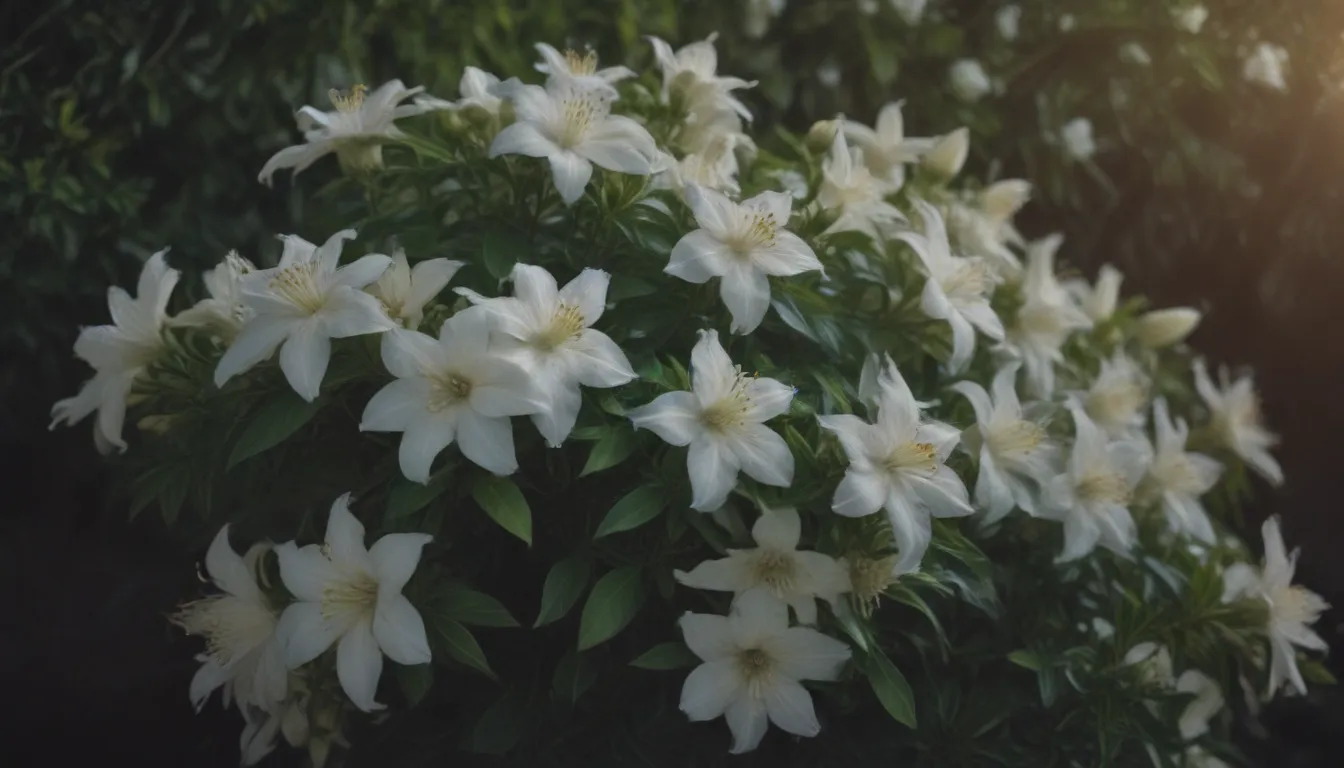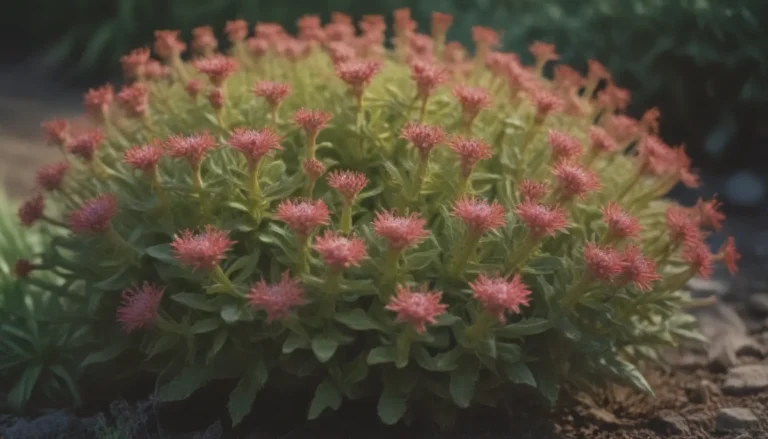A Comprehensive Guide to Growing and Caring for Night-Blooming Jasmine

If you’re a plant enthusiast looking to add a touch of nighttime fragrance to your garden, night-blooming jasmine might be the perfect addition for you. This fast-growing woody shrub, scientifically known as Cestrum nocturnum, is not a true jasmine despite its name. This plant belongs to the Solanaceae family, which includes potatoes and tomatoes. Known for its tubular greenish-white or yellow flowers that emit a highly fragrant scent at night, night-blooming jasmine is not only appealing to humans but also attracts butterflies and other pollinators.
With a long bloom period that lasts through the summer, night-blooming jasmine is a versatile plant that can be grown in various settings. While it has a sprawling habit and can be invasive when left unchecked, it can be managed effectively in containers on patios, as a border hedge, or even as a houseplant or in greenhouses. However, it’s essential to handle this plant with care as all parts of the night-blooming jasmine, especially the berries, are toxic to both people and animals.
Night-Blooming Jasmine Care Tips
Taking care of night-blooming jasmine requires some attention to detail to ensure that it thrives in your garden or home. Here are some essential care tips to keep in mind:
Planting and Spacing
- Space night-blooming jasmine plants at least four feet apart to accommodate their wide-spreading roots.
- Plant them in the spring after the last frost has passed to give them a head start in their growth cycle.
Light Requirements
- Night-blooming jasmine thrives when it receives at least six hours of direct sunlight daily but can tolerate partial shade.
- Insufficient sunlight may reduce flower production, so ensure your plant gets adequate light exposure.
Soil Preparation
- This plant thrives in fertile, well-draining soil that provides essential nutrients for healthy growth.
- Ensure your soil is well-draining to prevent waterlogging, which can lead to root rot and other issues.
Watering Needs
- Night-blooming jasmine plants love moisture and require frequent watering to produce fragrant blooms.
- Water newly planted shrubs several times a week until they establish roots, then reduce to weekly watering during the growing season.
Temperature and Humidity
- These plants prefer warm temperatures with high humidity levels to thrive.
- Protect them from temperatures below 35 degrees Fahrenheit, as new growth may not survive in colder conditions.
Fertilizing Routine
- Provide monthly fertilizer applications to young plants to support their growth.
- Mature plants benefit from an annual feeding in early spring to promote healthy blooms.
Pruning for Healthy Growth
Pruning night-blooming jasmine annually in the fall after flowering has finished is essential to encourage compact new growth and prevent the spread of seeds from the berries. By maintaining a proper pruning schedule, you can control the plant’s growth and shape while ensuring a beautiful display of flowers each year.
Propagating Night-Blooming Jasmine
If you’re interested in expanding your night-blooming jasmine collection, propagation from cuttings is a straightforward method to grow new plants. Take healthy cuttings in the fall and allow them to root in water before transplanting them into fertile soil. While propagating from seeds is possible, it may require more time and patience as the seeds can remain dormant for extended periods in the wild.
Dealing with Pests and Diseases
Night-blooming jasmine is relatively resistant to pests and diseases, but aphids and caterpillars can occasionally pose a threat. Fortunately, these issues can be managed through methods like blasting pests with water, using insecticidal soaps, or manually removing caterpillars. By providing proper care and maintaining optimal growing conditions, you can minimize the risk of pest infestations and ensure the health of your plants.
Additional Care Tips and Plant Usage
Night-blooming jasmine is a versatile plant that can thrive both indoors and outdoors, depending on your preferences. Consider these additional care tips and usage options for this plant:
- Plant night-blooming jasmine in a sunny location with adequate humidity to encourage abundant blooms.
- Indoor plants can benefit from being positioned near a sunny window or in a conservatory with ample light.
- Consider growing night-blooming jasmine in a sunny bathroom to take advantage of its love for humidity.
- Be cautious of the plant’s strong fragrance up close, as it can be overpowering for some individuals.
In conclusion, growing and caring for night-blooming jasmine can be a rewarding experience for plant enthusiasts looking to add a unique touch to their garden or home. By following these care tips and best practices, you can ensure that your night-blooming jasmine thrives and provides you with beautiful blooms and a fragrant nighttime experience. Enjoy the beauty and fragrance of this versatile plant while creating a welcoming environment for pollinators in your outdoor or indoor space.





